 1984 Opel Kadett E Caravan Dimensions, Size & Specs
1984 Opel Kadett E Caravan Dimensions, Size & SpecsMeasurements of the 1984 Opel Kadett E Caravan, engineered for optimal performance and comfort
| Dimensions | |
|---|---|
| Length: | 4228 mm166.5 in13.9 ft |
| Width: | 1666 mm65.6 in5.5 ft |
| Height: | 1430 mm56.3 in4.7 ft |
| Trunk Capacity: | 565 liter20.0 cu ft |
| Trunk Capacity (Max): | 1800 liter63.6 cu ft |
| Weight Specifications | |
| Curb Weight: | 890-1040 kg1962-2293 lbs |
| Maximal permitted Weight: | 1420-1585 kg3131-3494 lbs |
| Tire Specifications | |
| Rims Size: |
|
| Tire Size: |
|
The Opel Kadett E Caravan, produced between 1984 and 1993, is a compact and versatile station wagon designed to meet the needs of families and practical drivers. Measuring 4228 mm (166.3 inches) in length, 1666 mm (65.6 inches) in width, and 1430 mm (56.3 inches) in height, this vehicle offers a balanced size that fits comfortably in urban and suburban environments, while still providing considerable interior space. The Kadett E Caravan's curb weight ranges from 890 to 1040 kilograms (1962 to 2293 pounds), contributing to its nimble handling and fuel efficiency. Its maximum permissible weight varies between 1420 and 1585 kilograms (3129 to 3496 pounds), allowing for loaded trips without compromising safety. One of the standout features of the Kadett E Caravan is its impressive luggage capacity. With the rear seats upright, the cargo space offers a generous 565 liters (19.95 cubic feet), which expands significantly to 1800 liters (63.55 cubic feet) when the rear seats are folded down. This flexibility enhances the vehicle’s utility, making it ideal for transporting larger items or extended luggage. Complementing its dimensions and weight, the Kadett E Caravan rides on 14-inch rims paired with 175/65 R14 tires, striking a balance between ride comfort and handling responsiveness. Overall, the Opel Kadett E Caravan stands out as a practical and well-sized station wagon from the late 20th century, combining compact external dimensions with a spacious and functional interior. Whether used for daily commuting or weekend excursions, it remains a noteworthy option in the compact station wagon segment.
Discover the standout features that make the 1984 Opel Kadett E Caravan a leader in its class
Have a question? Please check our knowledgebase first.
The Opel Kadett E Caravan, produced between 1984 and 1993, has a length of 4228 mm (166.4 inches), width of 1666 mm (65.6 inches), and height of 1430 mm (56.3 inches). These dimensions place it firmly in the compact station wagon category, offering a good balance between interior space and urban drivability. Its relatively modest width and height also aid in maneuverability and parking within tight city spaces.
The curb weight of the Opel Kadett E Caravan ranges from 890 to 1040 kilograms (1962 to 2293 pounds), depending on the specific trim and equipment level. The maximum permissible weight (gross vehicle weight rating) ranges from 1420 to 1585 kilograms (3130 to 3496 pounds), which takes into account passengers, cargo, and any additional load. This relatively light weight supports fuel efficiency and nimble handling.
The luggage capacity of the Opel Kadett E Caravan is 565 liters (approximately 20 cubic feet) with the rear seats in the upright position, making it suitable for everyday grocery runs, luggage for trips, or sports equipment. When the rear seats are folded down, the load capacity expands significantly to 1800 liters (about 63.5 cubic feet), providing ample space for larger cargo, bulky items, or extended luggage, demonstrating the versatility expected from a station wagon.
Yes, the Opel Kadett E Caravan generally fits comfortably in a standard residential garage. With its length of 4228 mm (166.4 inches), width of 1666 mm (65.6 inches), and height of 1430 mm (56.3 inches), it is compact enough to accommodate typical garage dimensions, which usually start at about 2.4 meters (8 feet) in width and 5 meters (16.4 feet) in length. Drivers should still measure their specific garage space but, in most cases, parking this station wagon inside a standard garage should be straightforward.
Compared to its predecessor, the Opel Kadett D (1979-1984), the Kadett E Caravan is somewhat larger in overall dimensions. The Kadett E boasts a longer and wider body, contributing to increased interior and cargo space, while maintaining a relatively low height for improved aerodynamics and handling. These size enhancements reflect Opel's focus on greater utility, especially in the station wagon variant, without sacrificing the compactness that made its predecessor popular for urban use.
The Opel Kadett E Caravan's size is competitive within the compact station wagon segment of the 1980s and early 1990s. Its length of 4228 mm (166.4 inches) and luggage capacity of up to 1800 liters make it comparable or slightly more spacious than rivals like the Volkswagen Golf Variant or Ford Escort Estate. Its width and curb weight are also on par, offering a balance between maneuverability and passenger/cargo comfort. Overall, its dimensions made it well-suited for family and utility use without being overly large.
The Opel Kadett E Caravan was fitted with 14-inch rims as standard, paired with tires sized 175/65 R14. This tire size provides a balanced ride quality and good road grip, consistent with the car's compact and practical nature. The setup supports stable handling and efficient fuel consumption while maintaining reasonable replacement and maintenance costs.
The Opel Kadett E Caravan stands 1430 mm (56.3 inches) tall. This moderate height ensures sufficient headroom for most passengers while contributing to the car's aerodynamic shape, which aids fuel efficiency. Inside, this translates into comfortable seating for adults in both front and rear seats. The station wagon design typically prioritizes usable interior space, and the Kadett E Caravan's height supports a practical, roomy cabin without making the vehicle bulky.
The maximum permissible weight (gross vehicle weight) of the Opel Kadett E Caravan ranges between 1420 kg and 1585 kg (3130 to 3496 pounds), depending on the specific model and equipment. This allowance covers the total weight of the vehicle plus passengers, cargo, and any additional items. The difference between curb weight and maximum weight determines its payload capacity. This means the car can safely accommodate several passengers and substantial luggage or cargo, which is a key feature for a station wagon.
The Opel Kadett E Caravan's curb weight ranges from 890 to 1040 kilograms (1962 to 2293 pounds), depending on model specifications and equipment levels. This relatively light curb weight aids in fuel efficiency, agile handling, and ease of driving. The lower weight also contributes to better performance in acceleration and braking compared to heavier vehicles, making the car nimble in urban and suburban environments. This balance of weight and size is typical for compact station wagons of its era.
Discover similar sized cars.
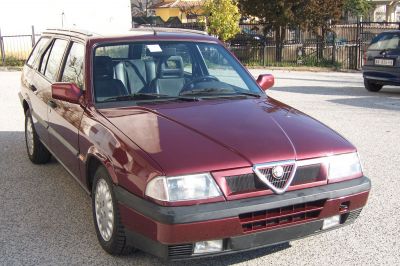
| Production: | 1990-1994 |
|---|---|
| Model Year: | 1990 |
| Length: | 4200 mm165.4 in |
| Width: | 1615 mm63.6 in |
| Height: | 1350-1375 mm53.1-54.1 in |
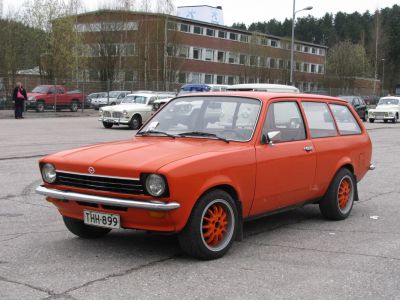
| Production: | 1973-1979 |
|---|---|
| Model Year: | 1973 |
| Length: | 4140-4198 mm163.0-165.3 in |
| Width: | 1580 mm62.2 in |
| Height: | 1385 mm54.5 in |
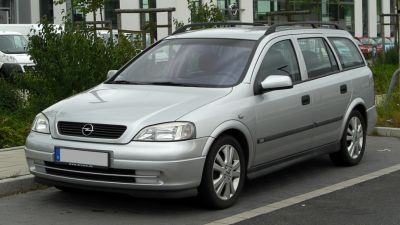
| Production: | 1998-2002 |
|---|---|
| Model Year: | 1999 |
| Length: | 4288 mm168.8 in |
| Width: | 1989 mm78.3 in |
| Height: | 1510 mm59.4 in |
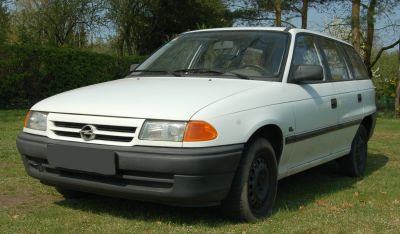
| Production: | 1991-1994 |
|---|---|
| Model Year: | 1992 |
| Length: | 4278 mm168.4 in |
| Width: | 1795 mm70.7 in |
| Height: | 1475 mm58.1 in |
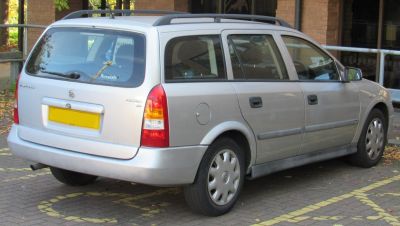
| Production: | 1998-2004 |
|---|---|
| Model Year: | 1998 |
| Length: | 4290 mm168.9 in |
| Width: | 1709 mm67.3 in |
| Height: | 1511 mm59.5 in |
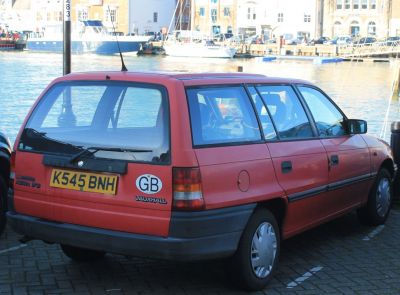
| Production: | 1991-1998 |
|---|---|
| Model Year: | 1991 |
| Length: | 4280 mm168.5 in |
| Width: | 1688-1696 mm66.5-66.8 in |
| Height: | 1481 mm58.3 in |

| Production: | 1991-1998 |
|---|---|
| Model Year: | 1991 |
| Length: | 4275 mm168.3 in |
| Width: | 1696 mm66.8 in |
| Height: | 1475 mm58.1 in |
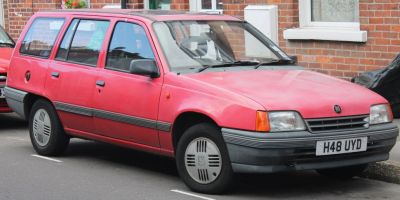
| Production: | 1984-1991 |
|---|---|
| Model Year: | 1984 |
| Length: | 4228 mm166.5 in |
| Width: | 1666 mm65.6 in |
| Height: | 1430 mm56.3 in |
